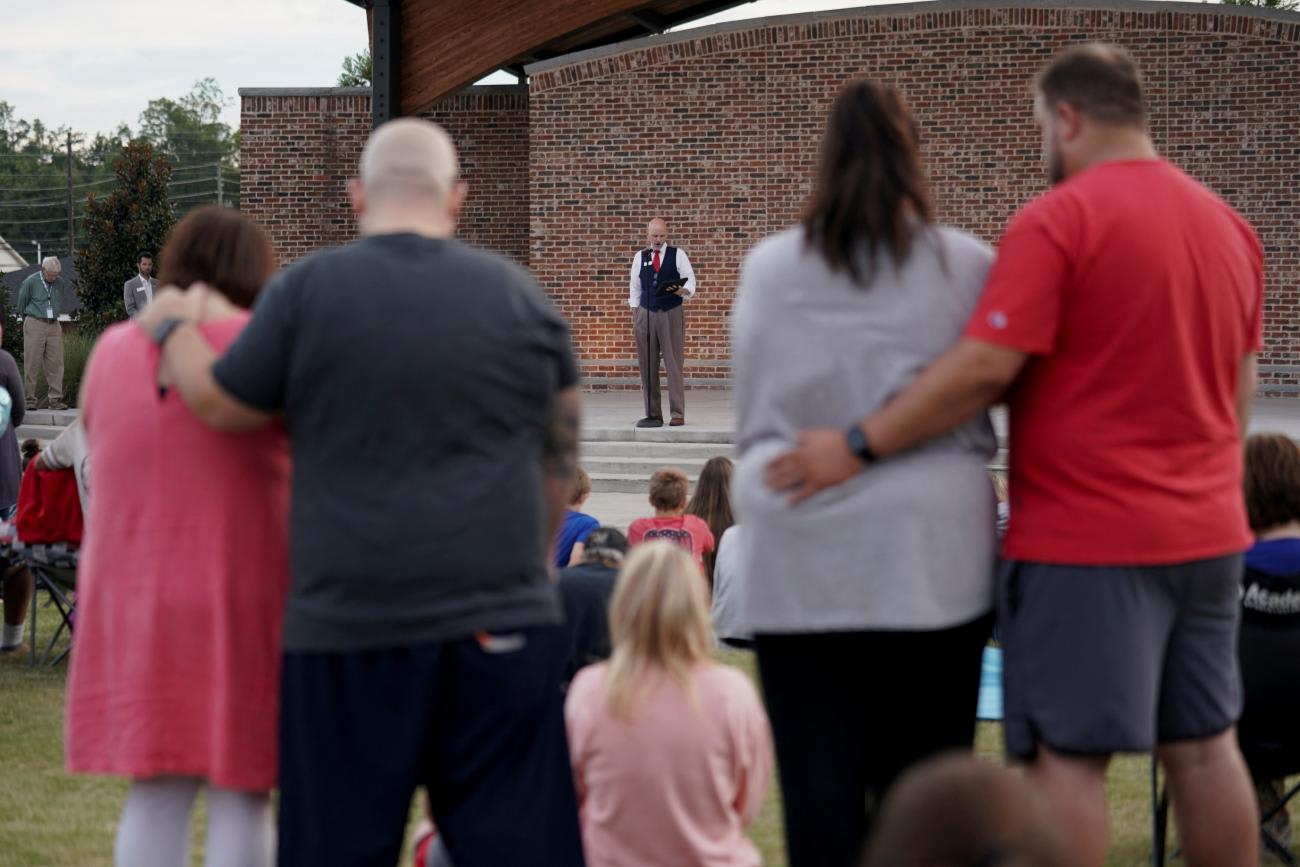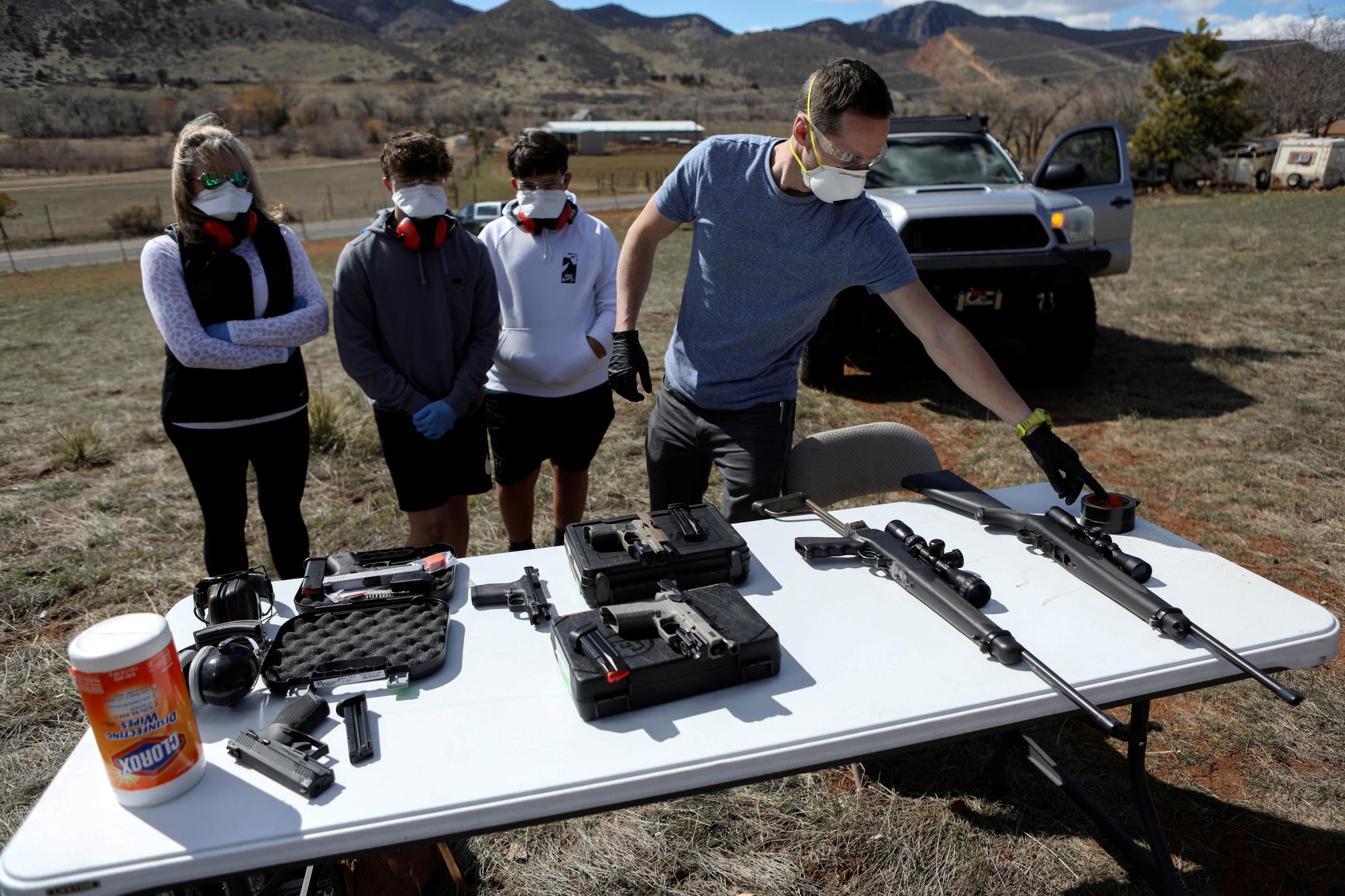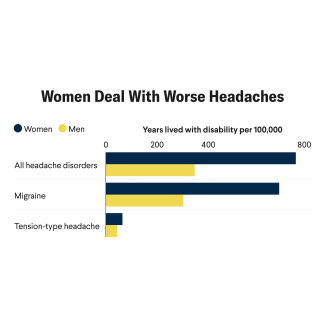Gun violence has punctuated this year's U.S. election, yet the major political parties are at an impasse over solutions.
In 2020, the last time the presidency was on the ballot, firearm injuries became the leading cause of death among children. This June, Surgeon General Vivek Murthy declared firearm violence a public health crisis, pointing to 48,204 deaths from firearms in 2022. A month later, former President Donald Trump survived an assassination attempt at a campaign rally, and then, in September, two teachers and two students died and nine others were injured in a shooting at a Georgia high school—one in a decades-long trail of attacks against U.S. students.
Both presidential candidates view gun violence as a major problem but disagree on the guardrails they are willing to place around firearm ownership and use—echoing the broader standoff between their political parties. Firearms policy, meanwhile, continues to recover from a yearslong blockade on research. Evidence-backed remedies are emerging, but implementation remains slow.
One strategy that shows strong evidence of reducing injuries and deaths but is unevenly implemented is safe storage of firearms. About half of U.S. firearm owners reported keeping at least one loaded firearm unlocked, according to a survey released in June by the U.S. Centers for Disease Control and Prevention (CDC). Depending on the state, between 25% and 41% of firearm owners with a child in the house reported that they kept a loaded, unlocked firearm. In some states, this violates laws put in place to prevent shootings among youth, and families may not be aware of the specifics of these laws.
Given the physical and mental health toll to communities, physicians see the need to improve their patient education on firearm safety, but fewer than 20% of medical schools provide training on firearm injury prevention. Professional medical organizations, including the American Academy of Pediatrics and the American College of Physicians, encourage their members to initiate conversations with patients about the presence of firearms at home and how to store those weapons safely. Most physicians have not instituted this practice because of a lack of training, time, and resources, as well as concerns about patient reactions.
The presidential election and down-ballot races for control of Congress will determine whether gun violence research is allowed to proceed and how policy evolves.
The Political Stakes
Beginning in 1996, a piece of legislation known as the Dickey Amendment prevented the CDC, and later the National Institutes of Health, from conducting research that could promote the restriction of firearms. Congress clarified the amendment in 2018, and federal funding into firearm violence prevention resumed in 2020, but the lack of research from that period hinders efforts to reduce injuries and deaths.
Over the summer, the House Committee on Appropriations reinstated language similar to the Dickey Amendment in its 2025 budget bill. The Senate version does not include this restriction, and Congress has not passed the budget.
Trump, who avoided a second apparent assassination attempt in September, supports the right to own firearms but has not named policy proposals beyond increasing the physical security of schools.
Vice President Kamala Harris has spoken openly about her gun ownership, a break from previous Democratic candidates for president, while advocating for universal background checks, bans on assault weapons, red flag laws, and funding for gun violence prevention programs. During the vice presidential debate in early October, Minnesota Governor Tim Walz shared that his teenage son had witnessed a shooting.
A Medical Training Desert
As gun violence has increased, physicians have strengthened their calls for the federal government to expand funding to study this multifaceted problem. Addressing suicides, community violence, and unintentional shootings requires a diverse set of solutions, and providers expect to play a role but need training to have effective conversations with patients that remain politically neutral.
Research already points to safe firearm storage, in which firearms are kept unloaded and locked, as one of the best tools to reduce firearm injuries, particularly among children.
One component of firearm counseling is providing a safe storage device, which research indicates only 2% of pediatricians currently do.
Discussing safe firearm storage with patients fits into a checklist of safety practices that physicians address, said Patrick Carter, a professor of emergency medicine at the University of Michigan and codirector of the University of Michigan Institute for Firearm Injury Prevention, such as using seatbelts, wearing bicycle helmets, and setting water heaters to a safe temperature.
Yet fewer than one-third of pediatricians report routinely providing firearm safety counseling to patients, and a lack of physician education and resources stand in the way, said Dr. Katherine Hoops, associate professor of pediatric critical care medicine and director of clinical programs and practice in the Center for Gun Violence Solutions at Johns Hopkins Bloomberg School of Public Health.
Most medical schools do not provide education on firearm safety counseling, "and we're not making up for that gap later on in physicians' training or in continuing medical education," Hoops explained. Also, she added, the list of screenings and guidance that doctors, particularly pediatricians, are expected to deliver often requires more time than a 20-minute appointment.
A recent article in The New England Journal of Medicine states that the lack of research on methods to prevent firearm violence has stymied physicians who are eager to address the problem. This lack of evidence-based strategies may be the reason medical schools have been slow to introduce training, Hoops said.
Kitty O'Hare, who as the senior medical director for pediatrics at Duke Primary Care in North Carolina has put training in place, has seen firsthand how a relatively simple training can empower physicians.

"A lot of the concern is very personal," O'Hare said. "If I'm in the room with the patient and the patient gets angry, what do I do? What if the patient doesn't come back? What if the patient writes something about me on Yelp or Google? How do I respond to that? And we talk through those concerns."
O'Hare said that, despite these worries, Duke physicians rarely experience resistance from patients. All the physicians interviewed by Think Global Health said that universal counseling, in which every patient receives education regardless of firearm ownership, can help prevent feelings of defensiveness among patients.
A second component of firearm counseling is providing a safe storage device, which research indicates only 2% of pediatricians currently do. Patients are more likely to follow through on safe storage when they have a storage device, Hoops said. Physicians who offer such devices typically keep a supply of cable locks, which are smaller and less expensive than other storage methods. Sometimes public health departments or other community partners provide locks to medical practices, as is the case at Duke, but not always.
In some cases, "[physicians] are self-funding these initiatives just because they think it's that important," Hoops explained.
Gun Storage: A Primer
Even as renewed research funding has increased knowledge about what makes for effective firearm policies, state laws have not reflected this knowledge. Political party divisions have led to a patchwork of state laws, including for seemingly simple policies such as how to store a firearm.
A safe storage law is not needed for physicians to discuss the issue with patients, but it provides an entry point to the conversation
Katherine Hoops, Center for Gun Violence Solutions
Currently, 35 states and the District of Columbia have some version of a child access prevention law that requires safe storage or allows prosecution of adults after children gain unsupervised access to a firearm. Research has shown that these laws can reduce self-inflicted firearm injuries, unintentional firearm injuries and deaths, and firearm homicides among children. Adults also are less likely to experience assault injuries and unintentional injuries from firearms when such such laws are in place.
A safe storage law is not needed for physicians to discuss the issue with patients, but it provides an entry point to the conversation, Hoops said. "It can certainly help to highlight the importance of the behavior change."
Child access prevention laws vary by state. Some require all firearms to be safely stored. Others hold firearm owners liable only after a child has gained access or used the weapon. Some classify the offense as a misdemeanor and others as a felony. The laws have varying definitions of minor, some including only those younger than 14. The most effective laws are those based on scientific evidence, Hoops said, adding that these laws prevent access to youths younger than 18, establish civil or criminal liability for adults who allow youth unsupervised access to firearms, create owner penalties when a child could have accessed a loaded weapon even if they did not, and define safe storage.
A Comprehensive Approach
Counseling around safe storage is one small piece of a much larger education effort that needs to happen in hospitals and doctors' offices, Carter said. Given the high rate of suicides using firearms, medical counseling should address the mental health of firearm owners and their family members, he continued. Intimate partner violence is also a concern, as is the ability of seniors to continue to safely use firearms. Additionally, physicians need to provide trauma counseling for those who have been affected by firearm violence.
Laws based on strong evidence can support the work physicians are doing. Among the most effective public policies to reduce injuries and deaths are required licensing for people purchasing firearms, red flag laws that temporarily remove weapons from those deemed an imminent threat, regulation of the public carrying of firearms, and community violence intervention programs, Hoops explained.













